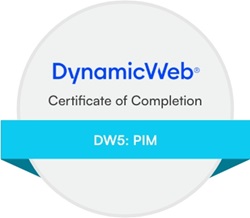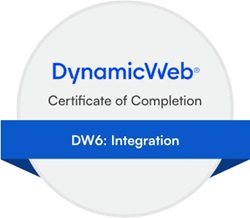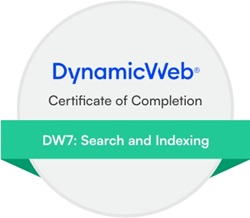Hi
We have Ecom navigation on a few pages but we need to hide the parent page from the URL. This should be straightforward with the "Do not include URL in subpage URLs" but it seems to work only when we select the Ecommerce Url provider.
The problem we now have is that the url is adding "-1" to a subgroup or even to the parent page. We have two websites and for the same page, the URL provider is active, but shouldn't this be more independent, meaning that each page generates its own URL without adding "-1" ?
Any improvements that can be done regarding URL's in the future? For our solution we may need to make changes to the XSLT naviation file to support the same navigation structure unless there's another way to do it.
Anyway, here's a screencast showing the issue: https://www.screencast.com/t/xBubZDuk












